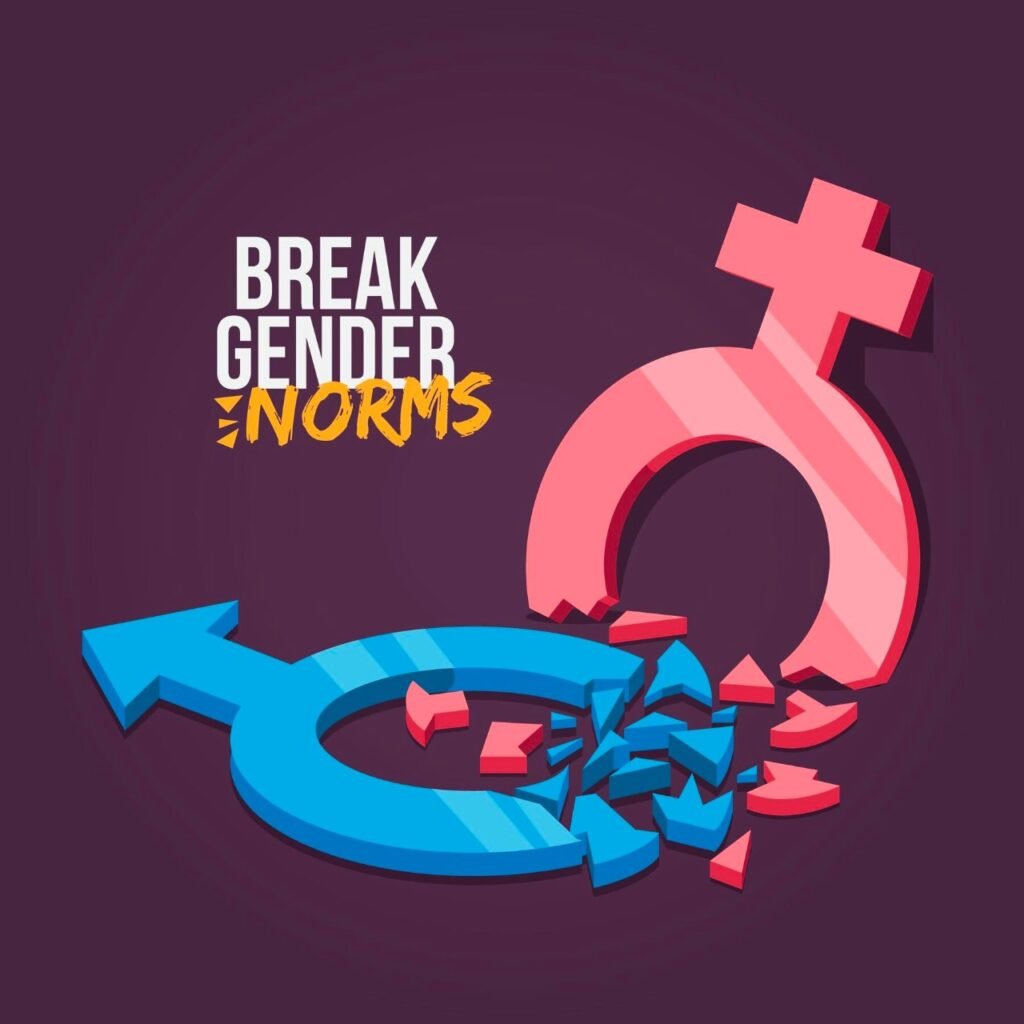On March 8th, the world commemorates International Women’s Day every year. It’s the day recognized as an act of encouraging everyone to stand up for women’s rights, gender equality and female achievement. Gender Equality means you have the same rights, privileges, opportunities as everyone else and doesn’t depend on your gender.

Do you know why this day is so important?
Throughout history, women have fought for rights and freedom. Long ago, women had no right to vote, sit in parliament, own property, have legal representation, be paid equally to males, visit the same public places as men, or acquire a proper education. People 150 years ago lived in a different world than we do now. So, what happened to make things different? Someone did not snap their fingers and all of a sudden women had all of the rights; rather, a change occurred gradually as a result of the tireless efforts of courageous women fighting for what is right.
The battle for women’s suffrage began to gain traction in the late nineteenth century. Suffrage refers to the right to vote, which was limited to men at the time. This meant that all political decisions, including those affecting just women, were made by men. As time passed, some women became increasingly dissatisfied with the lack of progress and failed attempts to gain suffrage. Emmeline Pankhurst was one of these women, and she responded by strengthening the women’s social and political union in 1903, which encouraged a more militant form of activism. This resulted in years of protests, rallies, and strikes, with women arrested, jailed, injured, and even killed in the fight for suffrage. When World War I broke out in 1914, suffragettes shifted their campaign to encourage women’s participation in the war effort. The devastation of war united the country in support of one another, and attitudes began to shift.
The bill granting women the right to vote, known as the Representation of the People Act, was enacted in 1918. It was, however, only a small group of women of a certain age and circumstance. It wasn’t until 1928 that all women over the years of 21 were permitted the right to vote. The right to vote is critical in establishing a fair and just society. When everyone has the same rights and liberties, humanity can grow and develop in ways that benefit everyone. When women gained the right to vote, the ball started rolling on other rights such as political representation, access to great opportunities, fairer pay, and labour rights. Change, as you can see, takes time. Britain did not have its first female prime minister until 1979; 76 years after Emmeline Pankhurst founded the women’s social and political union.
So, how does today’s gender equality look?
We are lucky to live in a time and place when limitless possibilities abound. Everyone has the right to an education, healthcare, employment, and the freedom to express themselves. However, still, there is a long process to achieve equality for all. Stereotypes are one way that gender inequity manifests itself in our daily lives. A stereotype is a generalised opinion about an individual or a group of individuals. If you’ve ever heard someone say anything like you toss like a lady or boys don’t cry, it’s due to centuries of gender stereotypes that aren’t true or fair.

People are far too diverse and complicated to be neatly categorized. Girls and boys can be athletic, fast, and strong, and everyone cries; it’s natural and healthy to express one’s emotions and be vulnerable. Stereotypes can be harmful, preventing you from being yourself and achieving your full potential. Women are still a minority in parliament, leadership positions, and career fields such as science and engineering, and they earn less money on average than men. So, in honor of International Women’s Day, consider what you can do to support the struggle for equality. Women are still fighting for their rights in some places. It is not just one day to commemorate this once-in-a-while occurrence. Every day, treat them as special ones.

